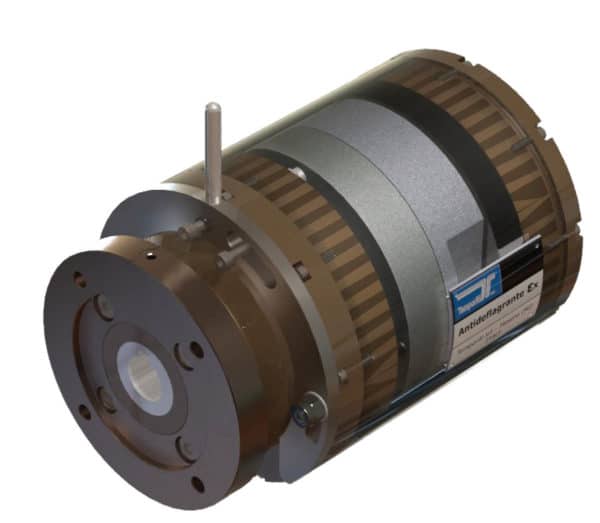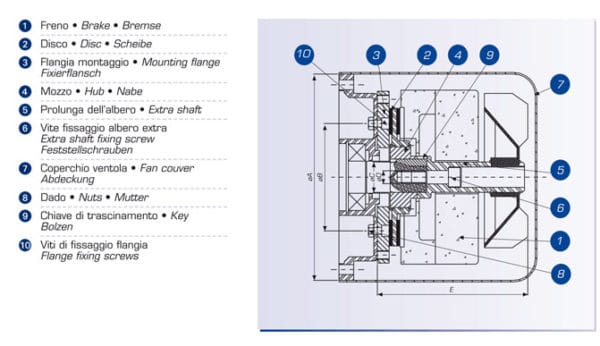Brakes for electric motors
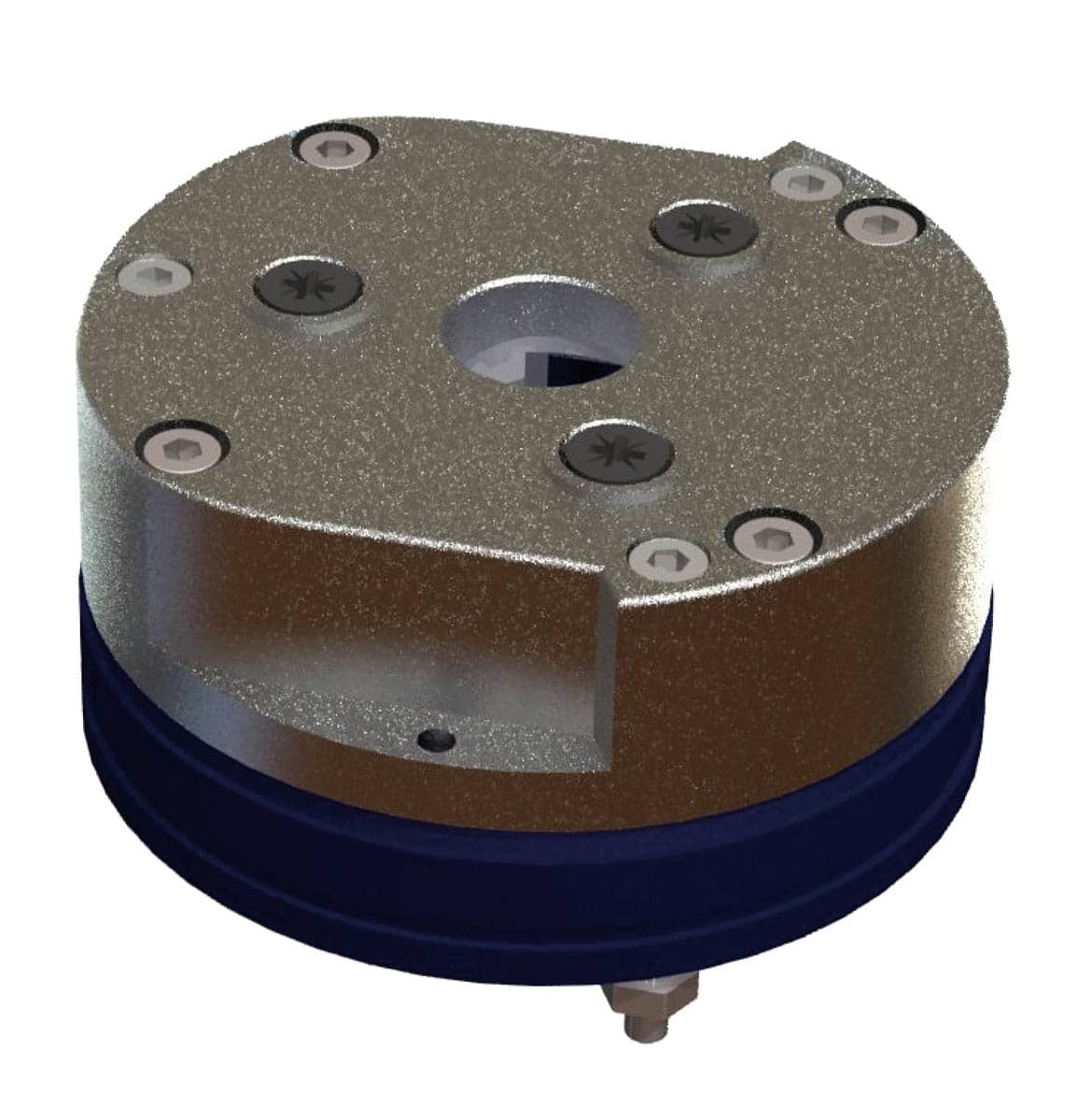
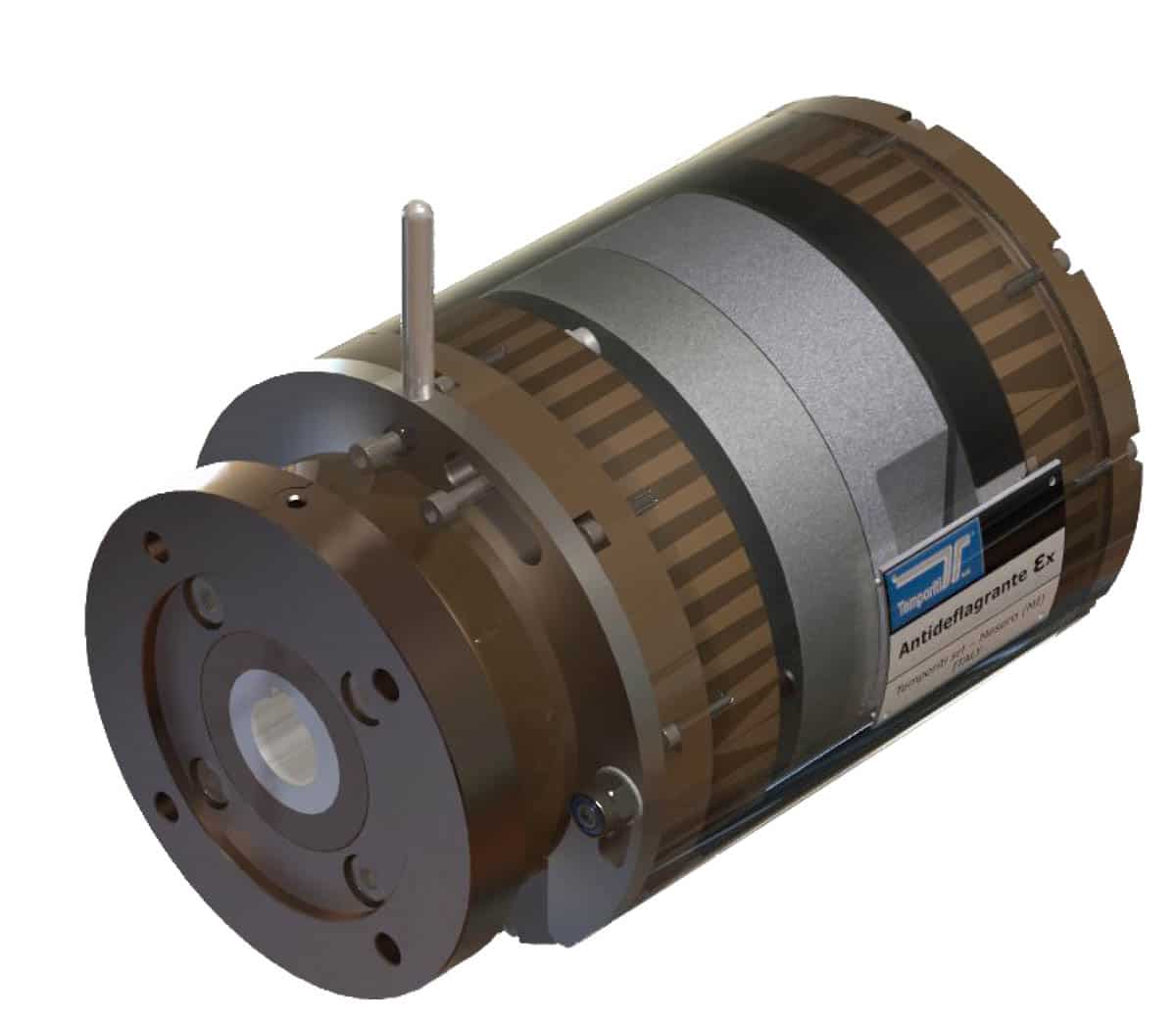
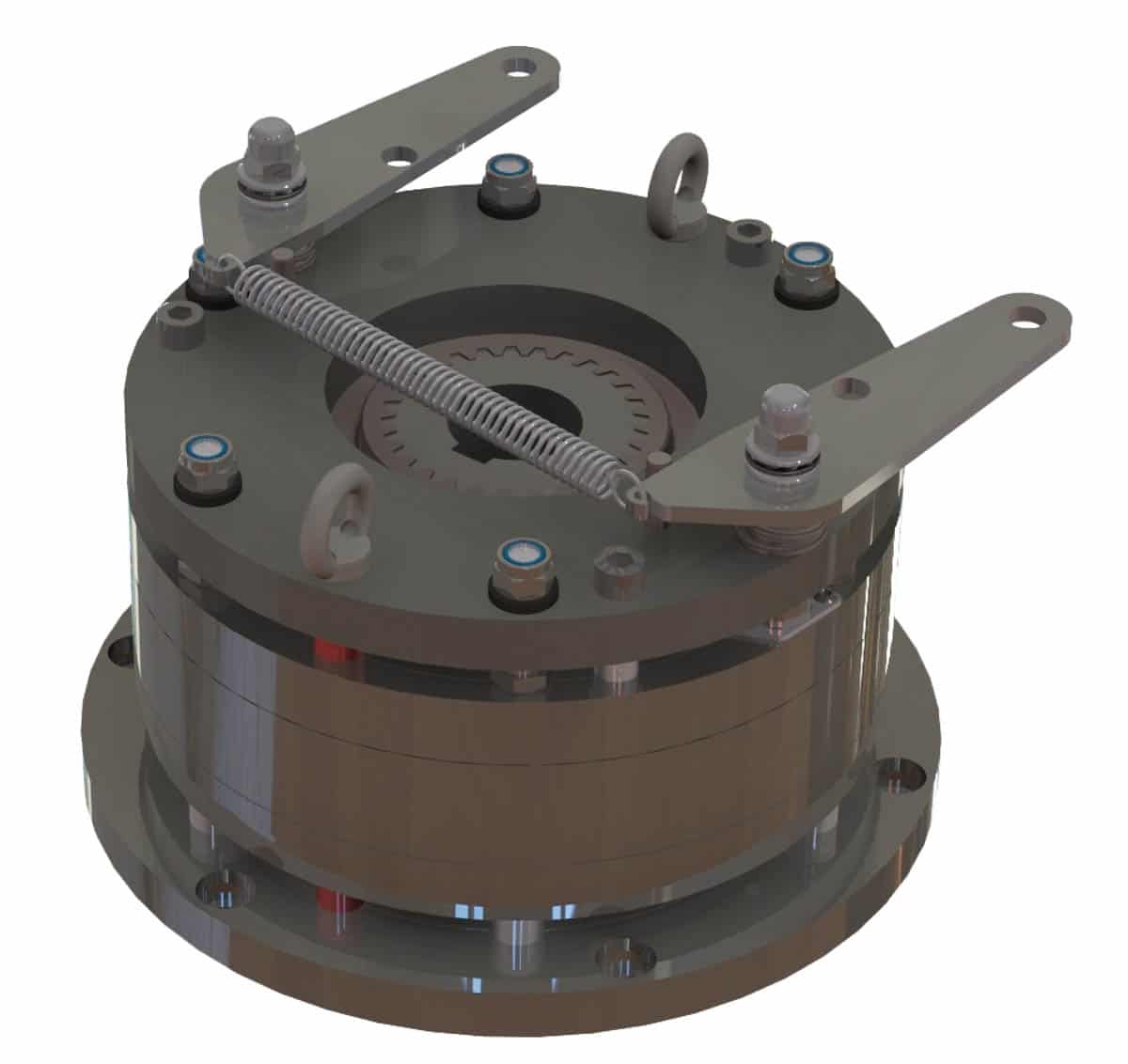
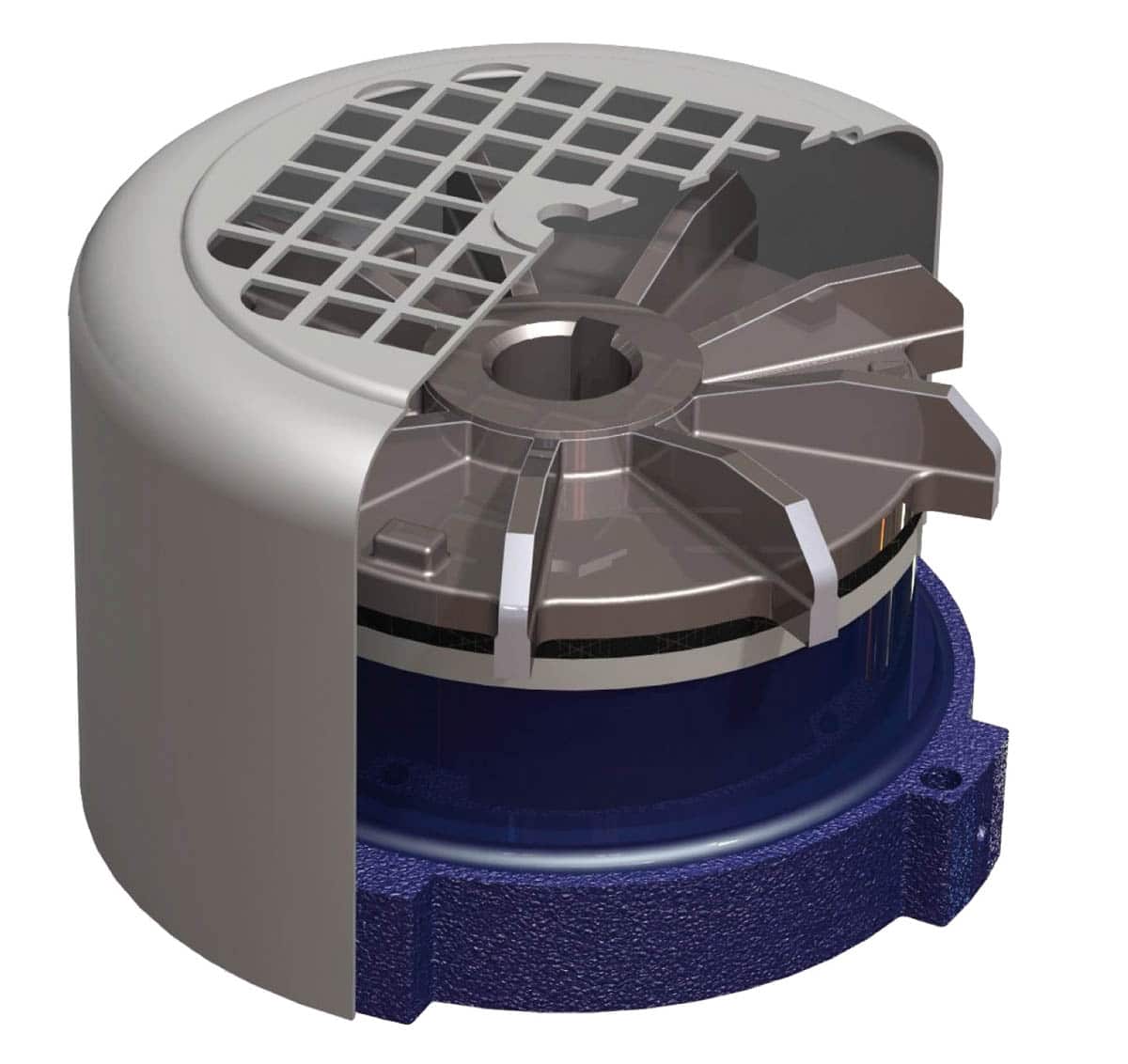
brakes for electric motors
We supply from our programme electromagnetic AC and DC brakes for electric motors from Temporiti. Tempoiti s.r.l. produces electromagnetic AC and DC brakes for electic motors since 1965. This company has two production plants with an area of 1500 square meters each. One specializes in the construction and mounting of the brakes and the other in the production of electrical components.
The production of the brakes depends on the customers specific application as well as on different technical requirements. Temporiti s.r.l. is certified with the quality system ISO-9001 since 2001. Considering these quality standards new brakes will be developed and existing models will be improved.
As the German general agency for Temporiti we offer the complete range of reliable and competitive AC and DC brakes. Many of these articles are available to purchase directly from our stocks in Kalefeld.
We are looking forward to your enquiry.
The Tempoiti Brakes correspond to the following norms:
- 98/37/EWG machinery directive
- 73/23/EWG low voltage
- 93/68/EWG electromagnetic compatibility
- 60335-1-CEI security of electric domestic appliances
- Norm 0580/VDE
- Certificate UL/CSA
- Certificate ISO 9001:2010
- 95/16/CE: TÜV
- Atex flameproof motor group II class1 GD d T6 IIC Zertifikat TUV IT 10 ATEX 044 Q
- New machine guideline
Applications are mainly found in power transmission. Especially in electric motors, gearmotors, DC motors, brushless motors and in industry vehicles (forklifs, construction and industrial cranes and other lifting systems) with a wide range of braking torques from 0,1 Nm to 4000 Nm.
The choice of brake is dependant on the corresponding braking torque (Mf) and determines the choice of brake used as per per the following criteria:
1) the total moment of inertia Itot [kg*m²] of the rotating parts relative to the drive shaft
2) the maximum speed [min-1] of the motor;
3) the maximum braking time tf [sec];
4) the brake torque ML [Nm], acting on the system for example by a load to be lifted or by a moment of resistance
5) the working frequency of the brake that means the number of operations of the brake per hour m [h-1]. Besides the above mentioned data additional information like mean ambient temperature and paticularly environment conditions (e.g. humidity, dust etc.) is extremely useful. Mounting position is also important in order to determine the most efficient functionality of the brake.
Further information at the following: http://www.temporiti.it/DE/Calculation-de.htm




DC brake
Series K: K, KTH, KL & KF
The brake series „K“ is a standard brake with a adjustable braking torque. The brake series „KTH“ is a specially developed brake for theatres.
The brake series „KL“ is a specially developed brake for lifts.
The brake series „KF“ is with fixed braking torque.
Features of the series “K”
- Braking torque of 5 – 2800 Nm
- 11 different sizes
- Standard voltages 24, 100, 180 und 200 V DC
- Extremely robust design
- Extremely quiet noise level (< 70 dBA according to the directive 98/37/EWG).
- Economical by way of easy assembly of the brake system.
- Good heat dissipation. This is achieved by both the motor fan and the enshield that’s made of cast iron or steel. In addition the enshield acts as the braking surface too.
- The coil of the electro magnet is completlely impregnated with epoxy resin. The mechanical parts are protected with galvanizing.
- On request manual release, dust potection rings as well as further equipment is available.
- Applications: brake motors,crane motors, automotive industry vehicles, stage technology , elevators / lifts
- CSA n° 70043342

To mount the „K“ series brake on a standard motor a special mounting kit was developed. This kit contains all necessary parts for attaching the brake to the motor.
– Series S-SH
Features of series “S-SH”
- Standard voltage 100, 180 and 200 V DC
- Extremely robust design
- Extremely quiet noise level (< 70 dBA according to the directive 98/37/EWG).
- Increased braking torque. The SH-provides high braking moments possibe for a DC brake of this size (see”S-SH”).
- Excellent heat dissipation. This is achieved by both the motor fan and the enshield that’s made of cast iron or steel. In addition the enshield acts as the braking surface too.
- The coil of the electro magnet is completlely impregnated with epoxy resin. The mechanical parts are protected with galvanizing.
- Variable uses. The brake can be assembled on a standard motor without special endshields.
- Application: woodworking machinery
- CSA Nr. 70043342
– Series LIFT
Please refer to the manufacturers website for a detailed description for the brake type “LIFT“.
www.temporiti.it
– Series P
Please refer to the manufacturers website for a detailed description for the brake type”P“.
www.temporiti.it
Image: P-Gleichstrombremse_Temporiti_kmmp
– Series V
Please refer to the manufacturers website for a detailed description for the brake type „V“.
www.temporiti.it
Image: v-Gleichstrombremse_Temporiti_kmmp
– Series BS
Please refer to the manufacturers website for a detailed description for the brake type”BS“.
www.temporiti.it
Image: bs-Gleichstrombremse_Temporiti_kmmp
Rectifier
For using DC brakes on a AC supply, we also offer different rectifiers.
Deliverable from stock are the following types: S2, N2, AS4, P4R
You will find a complete overview of the programme as per below:
www.temporiti.it




AC brake
– Series AC
Features of the “AC”
- Extremely robust design
- Easy construction
- Extremely quiet noise level (<70 dBA according to guideline 98/37 / EWG)
- Good heat dissipation by way of aluminium construction as well as the fan of the motor.
- The coil of the electro magnet is completlely impregnated with epoxy resin. The mechanical parts are protected with galvanizing.
- On request manual release, dust potection rings as well as further equipment are available.
- Standard voltage 230/400 V AC 50 Hz, special voltages on request
- Applications: brake motors, crane motors
- CSA n° 70043342
To mount the „AC“ series brake on a standard motor a special mounting kit was developed. This kit contains all necessary parts for attaching the brake to the motor.
– Series T-MEC
Please refer to the manufacturers website for a detailed description for the brake type “T-MEC“.
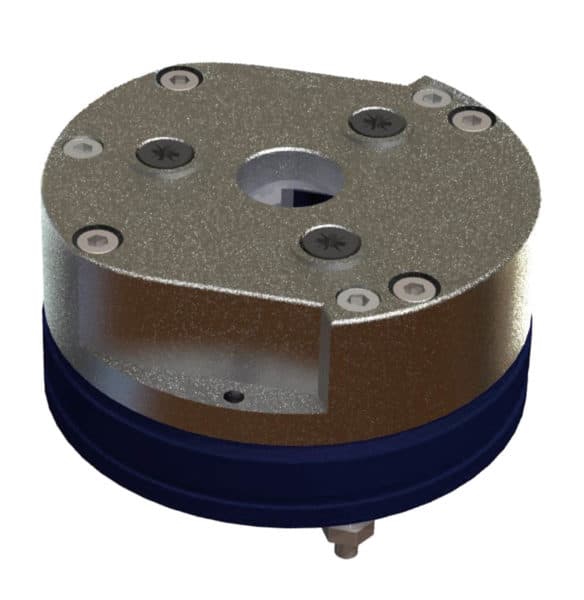
– Series Flameproof motor
Please refer to the manufacturers website for a detailed description for the brake type “Flameproof motor“.
